- Tags:
- Environment / Floods / Japan / Museums
Related Article
-

A sleepy kitten who won’t leave her human’s lap no matter what and other adorable kittens to get you through lockdown
-
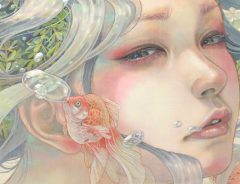
Japanese Artist Merges Women And Nature In Stunning Oil Paintings
-
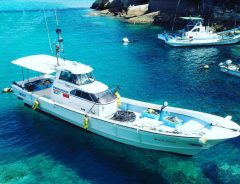
Boats Look Like They Are Floating In Midair Over Kashiwa Island’s Crystal Clear Oceans
-

Burning Godzilla Piggy Bank Roars And Plays Classic Theme As King Of The Monsters Takes Your Money
-
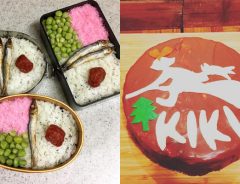
Instagrammers Are Posting Ghibli-Inspired Home Cooked Meals In New Hashtag Trend
-
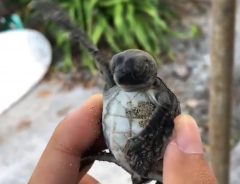
Bashful baby turtle in Japan is very self-conscious of his belly
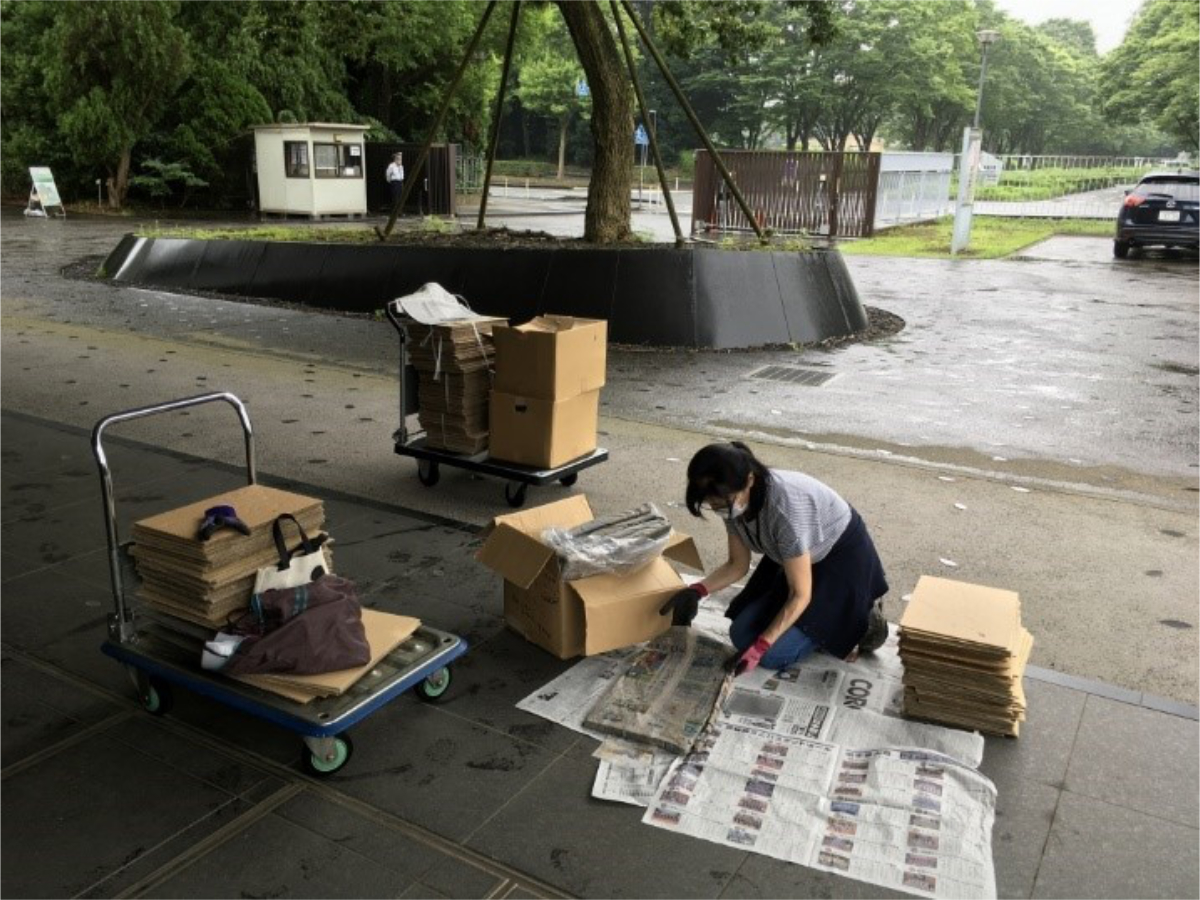


A number of museums from across Japan are joining forces to support the rescue of a number of specimens that were damaged during the heavy rain and floods experienced earlier this year in Kumamoto Prefecture.
The Hitoyoshi Castle History Museum located in Hitoyoshi city, Kumamoto, is one of many venues that suffered damage from the torrential rain that hit western Japan in July. Floods caused by the bursting of the Kuma River has led to a large amount of waterlogged damage to specimens and exhibits of the museum.
The museum houses a specimen of plants collected by the author of the “Nanhi Botanical Journal”, Kanjiro Maehara (1890-1975), who documented a number of plants and foliage unique to southern Kyushu – some of which are no longer in existence – in the magazine. The Nanhi Botanical Journal, which focuses on the history of plant research in Southern Kyushu is considered an important document that illustrates the evolution of plant forms in the area. The Journal is available to the public at the National Diet Library.
Unfortunately much of the collection of plant specimens were submerged during the flooding, and if not dried and cleaned immediately the water damage will lead to the development of rot and mold and therefore jeopardize the value of the specimens.
With damage to more than 30,000 pieces, the city of Hitoyoshi and the Kumamoto prefectural museum network centre contacted natural history-related organizations nationwide and requested cooperation to help carry out quick preservation processing to prevent any further damage.
In response, the National Science Museum, Iwate Prefectural Museum and the West Japan Natural History Museum Network, which were responsible for restoration to damaged pieces during the 2011 Tōhoku earthquake, have come together to coordinate with the Hitoyoshi Castle History Museum and similar institutes across the country to work on the repair of the water-damaged specimens.
This system means that restoration efforts, which is difficult to attain locally due to the measures put in place to prevent new coronavirus cases arising in the area, can be distributed to related organisations nationwide to ensure a quick and successful outcome. After restoration, each specimen will be returned to Hitoyoshi Castle History Museum and will be once again preserved as an important natural history documentation of the area.
Involved in the project are 38 individual research, history and scientific organizations, such as the National Museum of Science and Nature and the Tokyo Metropolitan University. A full list of the organisations and institutes involved can be found on this press release from the National Museum of Nature and Science.